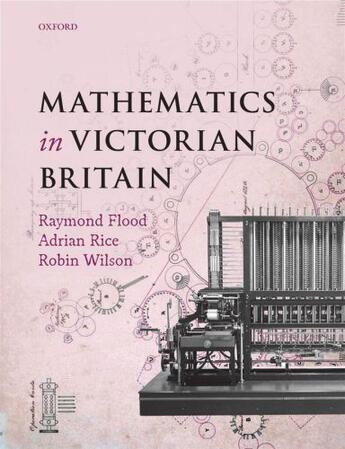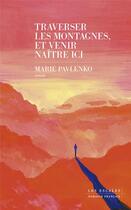-
Nombre de pages : (-)
-
Collection :
(-)
-
Genre :
(-)
-
Thème :
Non attribué
-
Prix littéraire(s) :
(-)
Résumé:
During the Victorian era, industrial and economic growth led to a phenomenal rise in productivity and invention. That spirit of creativity and ingenuity was reflected in the massive expansion in scope and complexity of many scientific disciplines during this time, with subjects evolving rapidly... Voir plus
During the Victorian era, industrial and economic growth led to a phenomenal rise in productivity and invention. That spirit of creativity and ingenuity was reflected in the massive expansion in scope and complexity of many scientific disciplines during this time, with subjects evolving rapidly and the creation of many new disciplines. The subject of mathematics was no exception and many of the advances made by mathematicians during the Victorian period are still familiar today;
Matrices, vectors, Boolean algebra, histograms, and standard deviation were just some of the innovations pioneered by these mathematicians.
This book constitutes perhaps the first general survey of the mathematics of the Victorian period. It assembles in a single source research on the history of Victorian mathematics that would otherwise be out of the reach of the general reader. It charts the growth and institutional development of mathematics as a profession through the course of the 19th century in England, Scotland, Ireland, and across the British Empire. It then focuses on developments in specific mathematical areas, with chapters ranging from developments in pure mathematical topics (such as geometry, algebra, and logic) to Victorian work in the applied side of the subject (including statistics, calculating machines, and astronomy). Along the way, we encounter a host of mathematical scholars, some very well known (such as Charles Babbage, James Clerk Maxwell, Florence Nightingale, and Lewis Carroll), others largely forgotten, but who all contributed to the development of Victorian mathematics.
Donner votre avis















